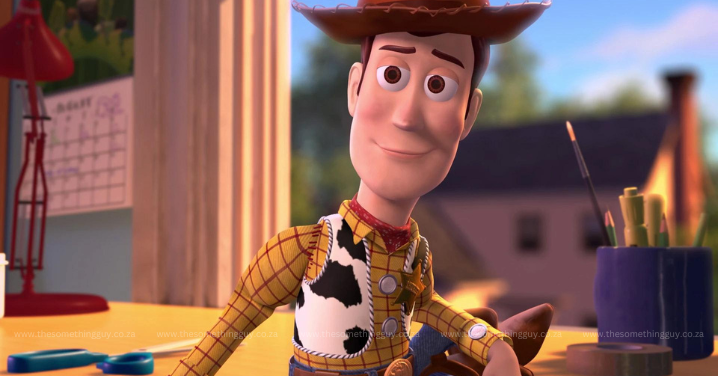
Are you braced for yet another theory that may just unravel those cosy memories of your childhood? On this occasion, we are setting our sights on the seemingly innocent world of Winnie the Pooh. You likely recall him as a charmingly plump and affectionate bear with an insatiable appetite for honey and an array of diverse friends. However, beneath this superficial veneer, there is a far more intriguing narrative at play.

Let’s commence our exploration by dissecting Pooh’s proclaimed fondness for honey. Of course, it’s his preferred delicacy, but have you ever pondered over the reason behind this relentless craving? There are those who propose that Pooh’s incessant hankering for honey is a symbolic representation of addiction. Contemplate this: his lack of self-restraint when it comes to honey, his willingness to risk his own safety and comfort to attain it. Could this be a masked portrayal of substance dependency?
However, that’s merely scratching the surface. Let’s delve a bit deeper into the personalities of Pooh’s companions. You undoubtedly recall Tigger, the boisterous and spirited tiger who appears perpetually cheerful. But have you ever questioned why he’s so exceptionally exuberant? Some enthusiasts suggest that Tigger displays symptoms of ADHD, with his constant search for stimulation and excitement. There are also theories which contemplate whether he could be placed somewhere along the autism spectrum.
Next, let’s shift our attention to Eeyore, the melancholic donkey whose spirit always appears to be in the doldrums. While some may perceive him as a character with a pessimistic disposition, others interpret his demeanour as an indication of clinical depression. His frequent vocalisations of self-deprecation, feelings of insignificance, and his general lack of enthusiasm and energy could be subtle hints of an underlying mental health issue.
As we venture further into the heart of this theory, we find some fans asserting that the entire Hundred Acre Wood is a construct of Christopher Robin’s imagination. According to this rendition, Christopher Robin is a child grappling with mental illness who has fabricated this fantastical world as a mechanism to cope with his struggles. Each character dwelling within the Hundred Acre Wood embodies a different fragment of Christopher’s persona or a distinct coping strategy he employs.
In this context, Pooh symbolises Christopher’s fondness for food and comfort, providing a sense of familiarity and security. Tigger represents his yearning for thrill and adventure, offering an escape from mundanity. Eeyore embodies his depressive states and feelings of despair, an outlet for his internal strife. And so forth. According to this theory, Christopher utilises these characters to navigate his challenges in a safe, imaginative, and therapeutic way.
The theory deepens further into the shadows. Some avid followers suggest that Christopher Robin may in fact be deceased, and the Hundred Acre Wood serves as his purgatory. The characters exist to aid him in resolving his issues and reaching acceptance of his demise. This interpretation gains credibility from the observation that the characters never seem to grow or evolve, remaining static even as the world outside the Hundred Acre Wood progresses.
So, there you have it… Winnie the Pooh, while seemingly an innocent and wholesome narrative for children, conceals a far more profound narrative beneath its exterior. Regardless of whether these theories resonate with you or not, it’s challenging to refute that they introduce an unexpected dimension of complexity to the treasured characters we nostalgically recall from our formative years.



